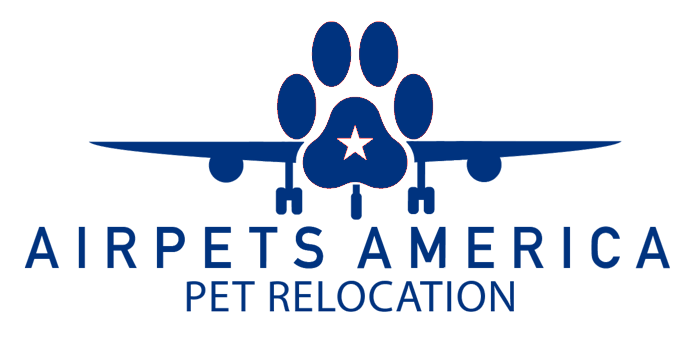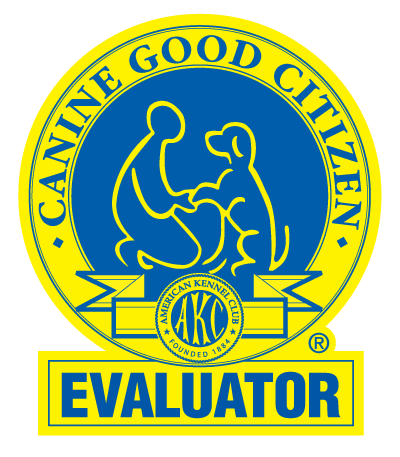Ensuring your dog’s happiness and health is of utmost importance, and achieving this goal involves following some dog care guidelines:
Exercise Routine
Tailoring an exercise program for your dog requires considering various factors such as their breed, size, current activity level, and outside temperature. The overarching principle is that to maintain a healthy dog, you must establish a regular exercise regimen. While some older dogs may thrive with a simple walk around the block, younger dogs generally need more activity. While a stroll is beneficial, it shouldn’t be the sole form of exercise. We recommend incorporating engaging activities like recall games, hide and seek, fetch, and tug-of-war into your routine. You can also explore options such as doggy day camp (supervised group play), hiring a dog runner, or embarking on longer brisk walks. Properly exercised dogs are less likely to engage in destructive behavior at home, as they tend to opt for rest over wrecking furniture or damaging your garden.
Nutrition
Choosing what and how much to feed your dog significantly impacts their well-being and contentment. The multitude of available dog food options allows you to align your choices with your budget, lifestyle, and veterinarian’s recommendations. To enhance kibble, you can make it more enticing and nutritious. Additionally, adjusting the brand and quantity of food can help achieve your dog’s ideal weight. Consult the provided chart to determine your dog’s appropriate weight range and make adjustments accordingly. Maintaining a feeding schedule, as opposed to free-feeding, is advisable, especially when training your dog or working towards a healthier weight.
Personal Space
Every dog in your household deserves a designated personal space. Although dogs in multi-dog families often choose to nap together, having individual spots is still essential. These spots provide dogs with a sense of security and comfort. A dog’s spot can range from a simple mat in the kitchen, a comfortable dog bed in the living room, a crate in your bedroom, or even a dedicated dog room equipped with toys and beds. Regularly ensure that your dog’s designated area remains clean and features fresh bedding to keep your dogs clean and free of parasites.
Chewing
Chewing is a vital activity for dogs, akin to occupational therapy. By offering a variety of chew toys, you can encourage your dog to chew on appropriate items. Chew toys and bones contribute to dental hygiene and mental stimulation, alleviating stress and helping puppies during the teething phase. Opt for an assortment of chew toys with different characteristics, such as squeaky toys, edible options, long-lasting chews, or toys with flossing benefits. The more variety you provide, the less likely your dog will resort to chewing on unsuitable objects like your shoes or the TV remote.
In summary, prioritizing your dog’s well-being is crucial. Follow these guidelines: establish a tailored exercise routine, provide balanced nutrition, offer a designated personal space, and supply a variety of suitable chew toys. These steps foster a healthier, happier dog and strengthen your bond. Invest in your dog’s daily care, and you’ll reap the rewards of a harmonious companionship that benefits both you and your beloved pet.
Contact us
Learn more: www.pawhootz.com
Email us: play@pawhootz.com or call us at 817-498-6410, too!
Make an appointment with us: https://pawhootz.com/make-an-appointment/



